Book Review | ‘Lou Reed: The King of New York’ by Will Hermes
An Insightful, Lyrical Take on the Legendary Leader of the Velvet Underground
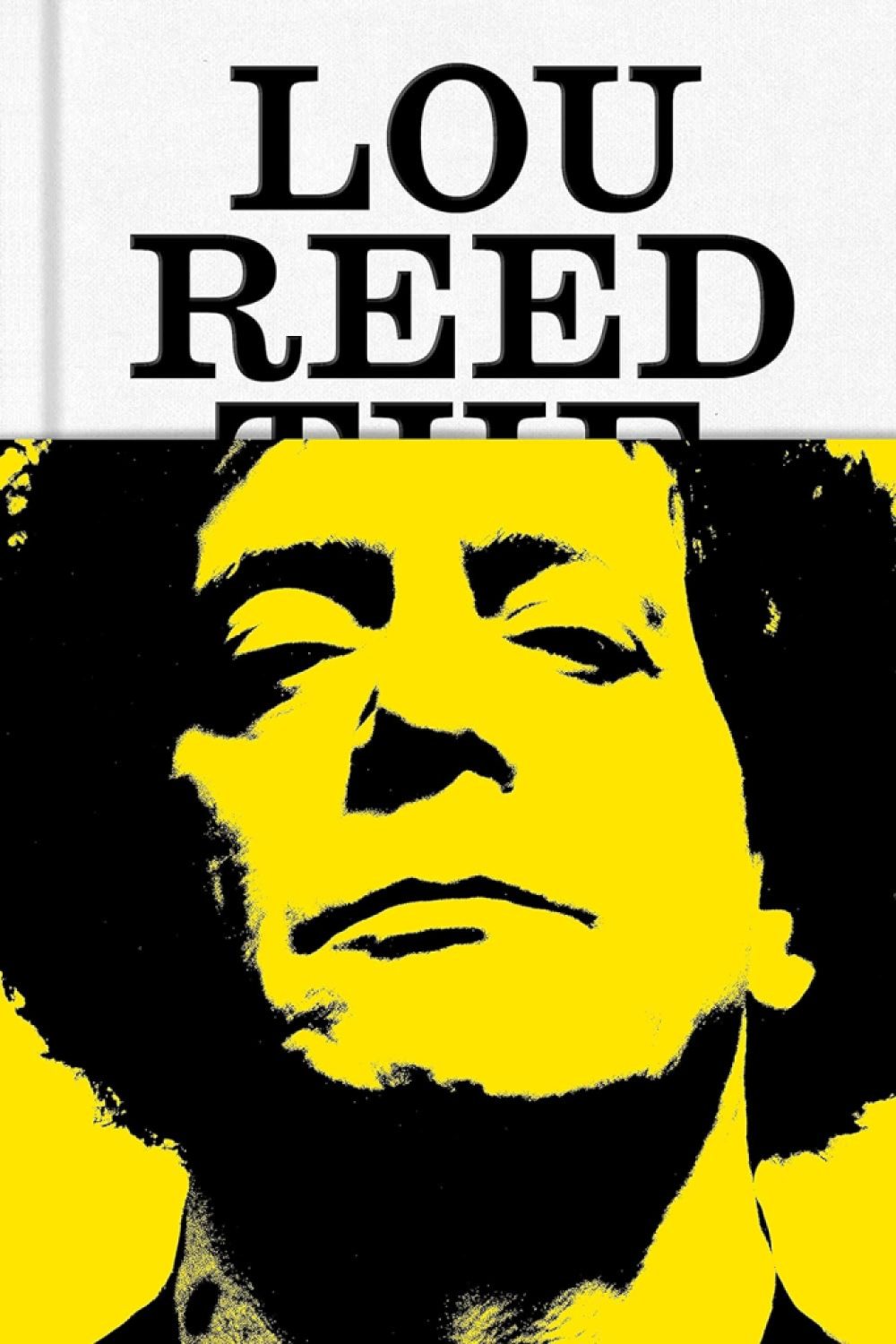
Will Hermes admits he’s on a fool’s errand with the opening quote of the preface to his 529-page biography of Lou Reed. The mercurial genius most famous as the leader of the Velvet Underground once told journalist Jonathan Cott, “There’s no reason to get into autobiographical things with me, because I’m a writer and a musician.” But Hermes, a diligent researcher (he makes clear he’s even read the archive of Reed’s sometimes terrifying “fan” mail), perceptive critic, canny social historian, and flat-out elegant writer, is more than up to the task for what he himself calls “myth parsing.” As he puts it, “One gets the sense that memories might be clouded by subsequent myth, every double scotch or methamphetamine injection magnified into more smoking-gun evidence of the ‘Lou Reed’ character he blurred into by the mid-’70s.”
Then again, Reed went through a lot. Born in 1942 on suburban Long Island to a respectable middle-class Jewish family — Hermes does wonderful work connecting Reed to that heritage — Lewis Allan Reed knew he was queer at age 12, almost two decades before Stonewall. Drawn to music and literature, New York City beckoned as it did to every artsy person in the northeast in the late 20th century. Alas, Reed’s first and only year at NYU ended with him back at home and getting electroshock therapy. (Hermes puts this seemingly barbaric practice into scary historic context: “In lieu of commitment to a mental hospital, an option that may have also been on the table, outpatient ECT probably seemed the lesser evil.”) Eventually Reed attends Syracuse, only to get his first case of hepatitis — and liver failure would be what led to his death in 2013 — the first time he shoots heroin. It’s as if he was creating a life that could only be rock ‘n’ roll mythic.
While Hermes takes 40 percent of his book to get Reed from his birth to the demise of the Velvet Underground in 1970 — a proportionality that makes sense given what a groundbreaking group Reed, John Cale, Nico, Sterling Morrison, Maureen Tucker, and later Doug Yule were — the danger in a review like this one is to do the same. To Hermes’s credit, he keeps bringing his cast of characters to vivid life, and not just the clear stars like Reed, Cale, David Bowie, Patti Smith, and Reed’s last great love, Laurie Anderson. One of the most striking, if previously under-sung, people is Barbara Rubin, who introduced the Velvets to Andy Warhol. A crucial figure at Jonas Mekas’s Film-Makers’ Cooperative, Rubin made experimental films that shock even today with their sexual frankness. Hermes writes, “Rubin was as much a community-builder as an art-maker, though due to sexism and the art world’s fixation on individual achievement, she was often dismissed as a groupie.”
That sentence captures so much of Hermes’s skill, seeing through the prejudices of history without condescension, making a clear claim against the Great Men, especially Men, of History trope. While Reed is clearly brilliant, and despite his drug and alcohol (ab)use a tireless worker and reworker, this biography insists on the power of collaboration, the impetus of envy that triggers inspiration, and how a zingy zeitgeist lifts all creative boats, whether that was Warhol’s Factory in the 1960s or the New York punk scene of the 1970s. It helps that Hermes is a man who knows his way around a milieu, given he is also the author of 2011’s encyclopedically exciting Love Goes to Buildings on Fire: Five Years in New York that Changed Music Forever.
Hermes also fully illuminates Reed’s two artistic father figures — tortured, drunken poet Delmore Schwartz and the fabulous yet mysterious Andy Warhol. It was Schwartz who insisted, “Don’t write for money — it will haunt you,” and Warhol who opined, “Business is art.” Reed hoped to cleave a path down the middle without becoming middlebrow, writing lofty lines like “My Dedalus to your Bloom” in a song for Schwartz and then two years later going ca-ching by appearing in a Honda ad as “Walk on the Wild Side” played. Hermes nails Reed and the New York aesthetic this way: “Radical ideas mixing deep inspiration and outsized ambition with a soupçon of jive.”
Not only will you be provided what people wrote to him in his high school yearbook, but you’ll also learn that the Coordinating Council of Literary Magazine gave Reed its best new poet award in 1978. But despite the page-turning drama fueled by such newly discovered minutiae of Reed’s life, it’s hard not to read Lou Reed waiting for Hermes’s next dive into a passage of musical description and insight. It’s frankly surprising the book doesn’t include a discography; it’s flat-out sad it doesn’t come with a fuller playlist for all the other artists Hermes alludes to, from The Chantels to Moondog to Jonathan Richman to A Tribe Called Quest.
As just one example, here’s Hermes’s take on Ornette Coleman’s “Lonely Woman,” a tune that moved a young Reed:
“Its anxious, hyperactive melancholy feels entirely New York: Higgins laying down a speedy, rattling IRT-train rhythm on his ride cymbal, Haden’s bass line moving in slow motion, like a Bowery barfly at closing time, then Coleman and Cherry playing the melody like they’re discovering it note by note, each a reflective cry, as if the players are coming to terms with deep sorrow, turning it over and over again in their minds.”
Or maybe one more example, this of the Velvets’ zenith of racket and roll:
“As organized guitar-rock chaos, ‘Sister Ray’ has rarely been bettered. With writing credited to all four band members, it reflected its making: three musicians staring one another down, each determined to drown out the others, with a fourth keeping time on a drum holding it all together…. Cale recalled it as a straight-up competition: his distorted electric organ elbows through the guitars, the Phantom of the Opera having a seizure on a circus calliope, while Morrison creates a stroboscopic din and Reed yells for someone named Jim to ‘whip it on me!’ spitting out lyric fragments, slurring and snarling, instruments hurtling forward in screaming unison until, after 17 breathtaking minutes, they drive the riff over a cliff.”
Focusing on the art doesn’t mean there aren’t juicy nuggets too, but Hermes wisely never sensationalizes them. Hermes remains clear-eyed without moralizing, even when reporting Reed’s domestic abuse incidents, especially with the vividly captured nonbinary partner Rachel Humphreys. He just provides the facts, often of incidents putting Reed in a poor light — Reed fires one of his business managers, Sylvia Morales, by fax. That might not seem too cruel until you know Morales was also his wife at the time. But Reed did finally find redemption with his relationship with Anderson, and he also grew in his tai chi practice; as Hermes puts it, “Reed pursued self-care with the same intensity he brought to his amphetamine habit.”
Reed’s great theme all along was Thanatos vs. Eros, and how much we can love death and kill love. Hermes’s insightful, lyrical take on the legend who lived the epitome of the rock life will leave you in tears at Lou’s death scene. As one of Reed’s album titles would have it, it’s all magic and loss indeed.
This review originally appeared in the California Review of Books.
Premier Events
Thu, May 02
5:00 PM
Santa Barbara
Things with Wings at Art & Soul
Sat, May 04
10:00 AM
Lompoc
RocketTown Comic Con 2024
Wed, May 01
7:30 PM
Santa Barbara
American Theatre Guild Presents “Come From Away”
Thu, May 02
5:00 PM
Santa Barbara
100th Birthday Tribute for James Galanos
Thu, May 02
5:00 PM
Santa Barbara
Meet the Creator of The Caregiver Oracle Deck
Fri, May 03
4:00 PM
Santa Barbara
Santa Barbara Fair+Expo “Double Thrill Double Fun”
Fri, May 03
8:00 PM
Santa barbara
Performance by Marca MP
Sat, May 04
10:00 AM
Solvang
Touch A Truck
Sat, May 04
11:00 AM
Santa Barbara
Mental Wellness Center’s 28th Annual Arts Faire
Sat, May 04
11:00 AM
Santa Barbara
Community History Day
Sat, May 04
3:00 PM
Solvang
The SYV Chorale Presents Disney Magic Concert
Sat, May 04
7:00 PM
Santa Barbara
A Star Wars Cantina Celebration: Renegades, Rebels, and Rogues
Thu, May 02 5:00 PM
Santa Barbara
Things with Wings at Art & Soul
Sat, May 04 10:00 AM
Lompoc
RocketTown Comic Con 2024
Wed, May 01 7:30 PM
Santa Barbara
American Theatre Guild Presents “Come From Away”
Thu, May 02 5:00 PM
Santa Barbara
100th Birthday Tribute for James Galanos
Thu, May 02 5:00 PM
Santa Barbara
Meet the Creator of The Caregiver Oracle Deck
Fri, May 03 4:00 PM
Santa Barbara
Santa Barbara Fair+Expo “Double Thrill Double Fun”
Fri, May 03 8:00 PM
Santa barbara
Performance by Marca MP
Sat, May 04 10:00 AM
Solvang
Touch A Truck
Sat, May 04 11:00 AM
Santa Barbara
Mental Wellness Center’s 28th Annual Arts Faire
Sat, May 04 11:00 AM
Santa Barbara
Community History Day
Sat, May 04 3:00 PM
Solvang
The SYV Chorale Presents Disney Magic Concert
Sat, May 04 7:00 PM
Santa Barbara

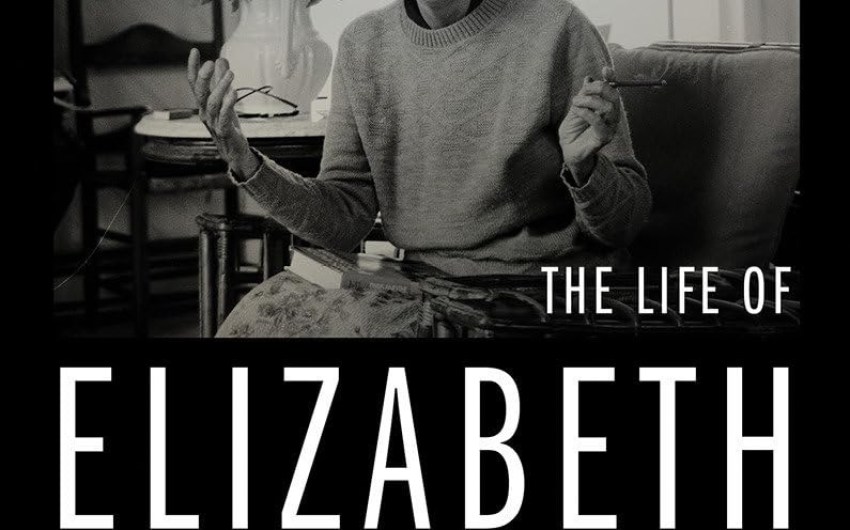

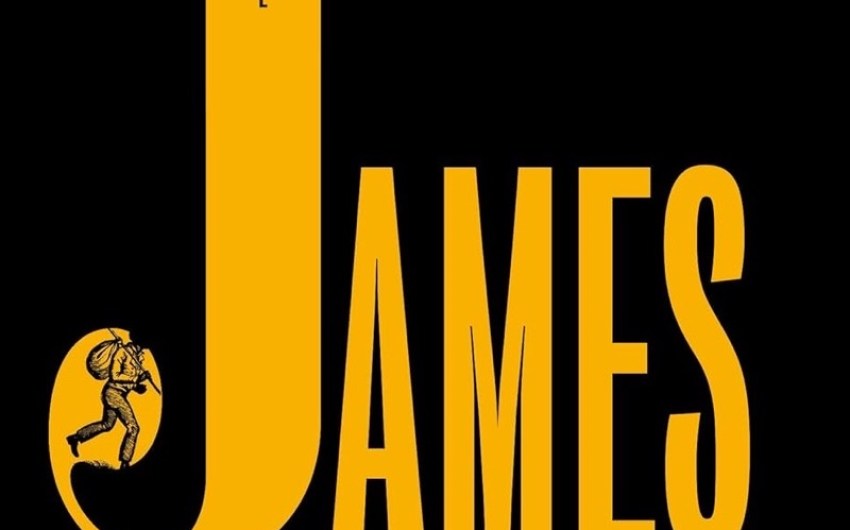







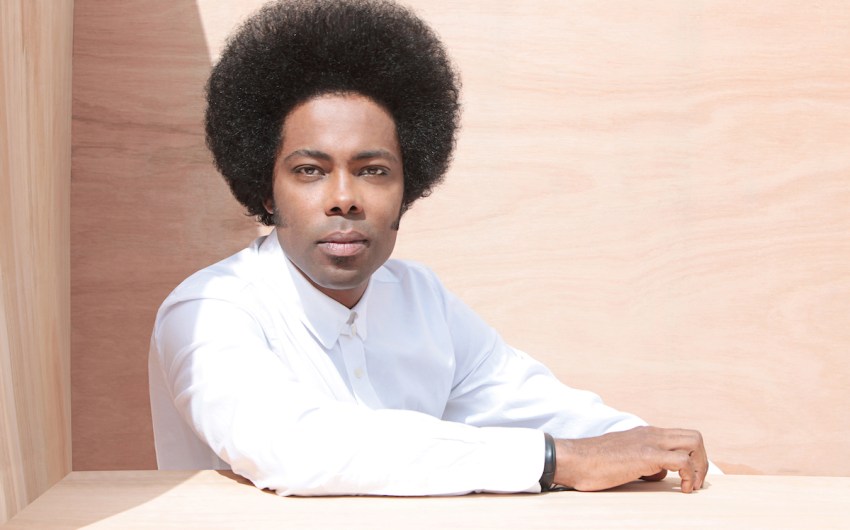









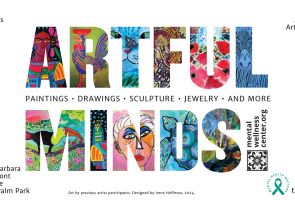



You must be logged in to post a comment.